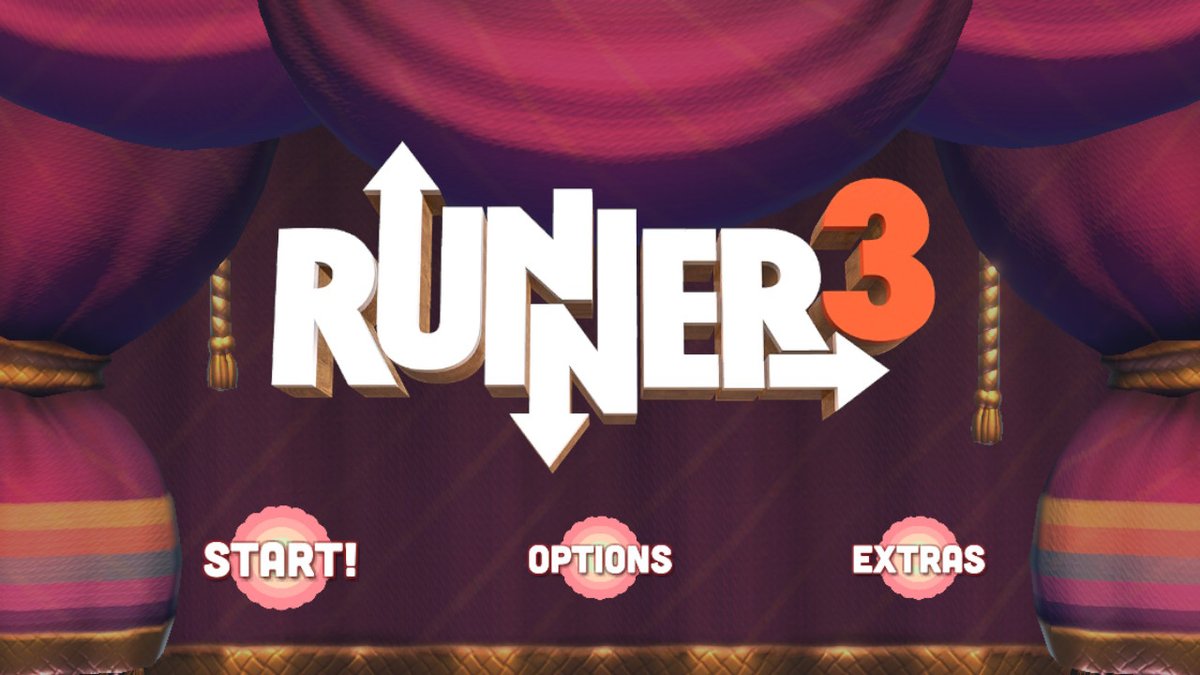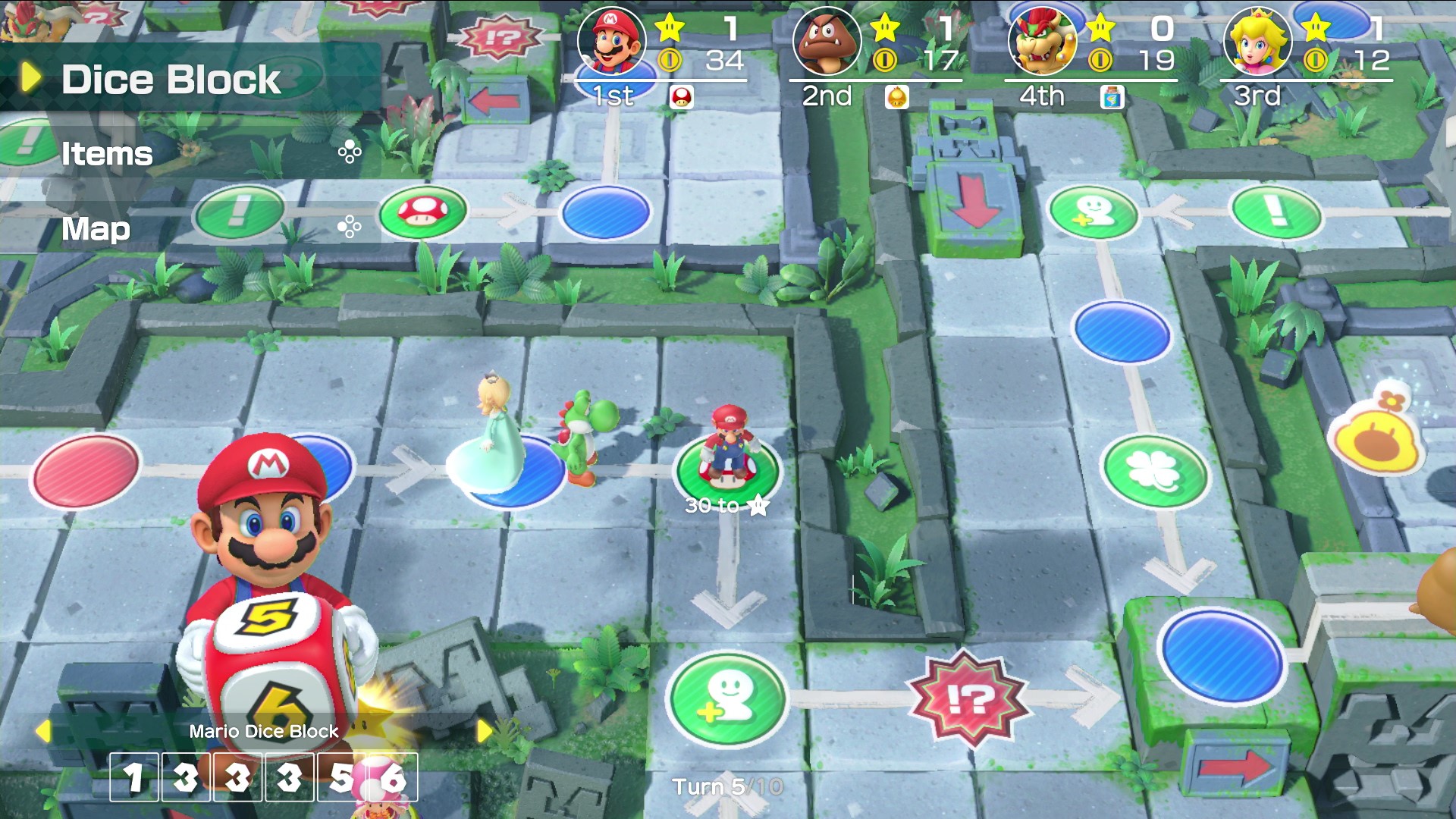Running Like a Two-Year-Old’s Nose
The Bit.Trip Runner series is your childhood dog. You got it as a puppy—the original Runner—and it was new, cute, and fun. It could be annoying, but you knew the puppy couldn’t help it. Over the years, the puppy became a dog (Runner2), and you two developed a close bond. It was potty-trained, obedient, and loving, everything you could ask from your furry best friend. Then, your parents, Mr. and Mrs. Choice Provisions, accidentally ran over and killed it while you were away at summer camp. When you returned home, they had already purchased a new dog (Runner3) that looked just like your dead one, but it wasn’t Runner2. This new one was too stupid to develop a bond, humped every cushion in sight, and shat in your shoes every Tuesday. Cue childhood trauma.
Some may eventually find this new dog endearing in its stupidity and ugliness. If we pretend the original dog never existed, the current pet seems a little less annoying. However, no amount of grooming or training will hide the fact that Runner3 is bloated, disorganized, and misguided. Your parents may have tried their best to replicate your childhood memories, but they seemed to have missed what made Runner2 great. At this point, as I’ve covered in another article, it would’ve been best to let dead dogs die.

What is it?
The game opens with Charles Martinet—bless his Mario soul—vomiting alliteration and florid diction. His narration tells us that CommanderVideo and his female version are vacationing when they receive news that the sinister Timbletot has returned to do evil things. Like ban music or Runner games or something that justifies this game’s existence. Regardless, it is up to you trek through three locations to save the world and learn the true magic of platonic relationships.
The original Runner proved that auto-runners could be stellar, just before the mobile market killed the genre with its free-to-play renditions. Runner3 borrows many elements from its predecessors. Obstacles and enemies block your path, and their placement typically follows a musical rhythm which grows more boisterous as you collect floating radios. You must jump, slide, and kick to reach the end of each level, and colliding with something or falling into a pit sends you back to a checkpoint. The game requires precision and practice to beat the level, and it demands perfection if you wish to collect all the optional gold or gems which speckle the levels.
This sequel adds some new components, most notably vehicle sections, a double jump, and a hard drop. Gold and gems go to unlocking new costumes and styles for your characters, and additional characters can be unlocked by completing missions hidden in the stages. Traditional platforming worlds and the aptly-named “Impossibly Hard Levels” also become available based on certain doohickeys you grab in other levels.

What’s good?
- Runner3 is still a Runner game, even if it hobbles a lot. This means levels are still competently designed and dynamic, whether you’re scaling up a tornado or spelunking through a refrigerator. With a moderate to high difficulty level, the game promotes that “one-more-go” mindset usually caused by drug addiction.
- The music remains the main highlight of the game. The original Bit.Trip saga was an exercise in simplistic visuals and intuitive ideas encased in a chiptune soundtrack. Runner3’s music has progressed past its 8-bit trappings while keeping true to its pseudo-rhythm-based gameplay.
What’s a double-edged sword?
You can replay the game to death, whether that be a peaceful death or due to blood loss from a sandpaper back massager. Each level has a gem path and a gold path, requiring at least two play-throughs. To unlock characters and other rewards, you must search for quests hidden past blind jumps and unseen separate pathways. If it wasn’t painful enough to find these quests, you must then revisit other levels, collect a trinket in each, and then return to the original level for your reward. If dull monotony is your pleasure, then Runner3 and a desk job will suit you well. It’s just limbo for the rest of us.

What’s bad?
- Runner3’s new mechanics are more unwelcome than a colonoscopy. In the first two Runners, there was no uncertainty if you failed. You missed a jump or you responded too slowly. With the introduction of vehicle and double-jumping, gameplay no longer feels as precise. The vehicles control loosely, and learning when to double-jump is often dependent in trail-and-error. Meanwhile, the unlockable “retro levels” took inspiration from bad 2000-era flash games with straightforward level design, floaty controls, bland visuals. Rather than showcasing the developers’ ability to wander into traditional platforming, these levels seem to prove why they haven’t ventured into the genre.
- Even with the new mechanics, the game feels like an unoriginal copy of Runner2. The placement of enemies and obstacles seem copy-pasted from previous games. As if knowing this, the developers force the camera angle to change throughout the levels, shifting abruptly to capture CommanderVideo’s most unflattering sides. Due to this inclusion, you won’t notice you’re playing Runner2 because you’ll be occupied by all the cheap deaths due to poor depth perception and objects in the foreground obscuring your vision.
- It’s ugly. The graphics, alone, have about as much definition and detail as cafeteria gelatin, and the art design is repellant. The developers visited the World’s Ugliest Dog Contest, searched for the most inbred creature they could find, and proclaimed, “This is how God designed angels. We shall follow His immaculate creation.” Every background object leers at you with vacant eyes and tacked-on smiles; visual gags strive to make you vomit; and the characters look like they’ve bathed too frequently in radioactive goo. These visuals do not make for a fun and imaginative world. Rather, they pay homage to whatever was left on the cutting room floor for a Ren and Stimpy episode.

What’s the verdict?
Runner3 hides the twinkle of its predecessors’ genius in its eyes, recalling the majestic soundtrack, the whimsy, and the frenetic gameplay. You’ll just have to look past the glaucoma and eye crusties to see it. For those who have not played a Runner game, you won’t notice these blemishes, so you can add a point to this score. For veterans, you’ll know this is not the beloved return of your prize pooch. In making Runner3, Choice Provisions strived for innovation while respecting their roots, and somehow, the two negated each other and spawned mediocrity.
Arbitrary Statistics:
- Score: 6.5
- Time Played: Over 5 hours
- Number of Players: 1
- Games Like It on Switch: Just Shapes and Beats, Thumper






